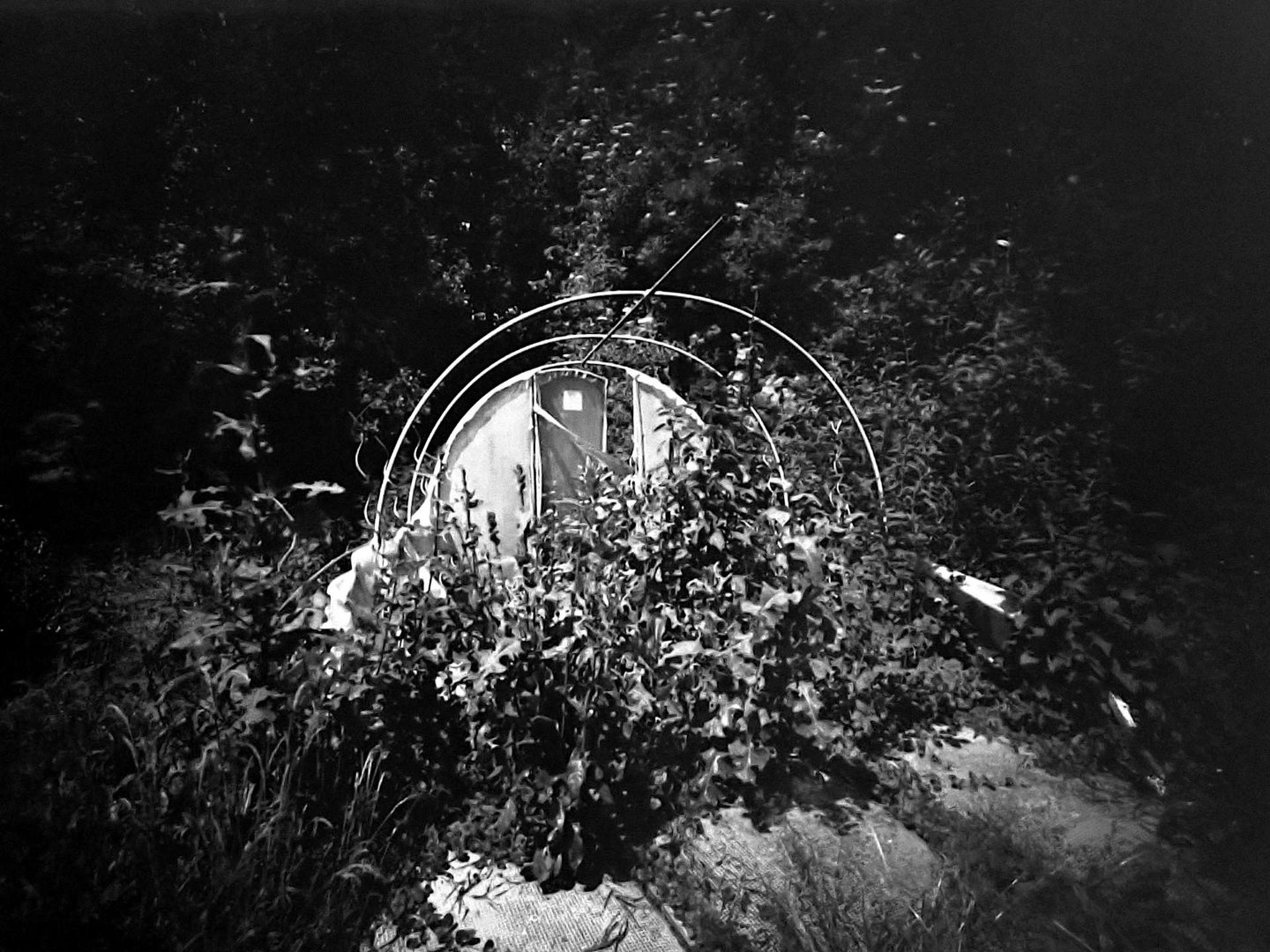Did you say large format?
If you follow English-speaking sites you know that for them the large format starts with 4x5 inches and even 9x12 cm. For film it is conceivable, for paper format and for French it is almost the minimum required to preserve a print. For once we see bigger than America 😉
The ultra wide format (ULF) begins as soon as we exceed 20x25 cm. We get closer with 18x24 and we are inside in 20x30 but even more so in 30x40. I only use pinhole cameras with large or ultra large format, I have already explained the advantages on this site.
It had been itching for a long time. I wanted to test "real" large format, so I opted for Ilford multigrade RC paper in 30x40 cm, 12x16 inches, or exactly 30.5 x 40.6 cm. The paper seems giant but it's nothing compared to the box needed...


There it is:
Above, my favorite format: 18x24 cm. She's really his big sister.
Not really the camera you carry in your pocket or for street photography on the fly. This box weighs more than 2.6 kilos in 5 mm thick Xyltech...
“Focal” distance: 200 mm, pinhole diameter: 0.59 mm, f:/339. It's heavy, cumbersome and slow. The Gérard Larcher of the pinhole camera 😉
1st test: abandoned greenhouse


Since I only have an A4+ scanner, it cannot be scanned in one go; the camera is used as the scanner. All that remains is to carry out contact printing tests by cyanotype (see the next page).
I was delighted with the results of this box. All the advantages of the large format are there, as are the disadvantages, but they quickly fade away in the face of the results.
